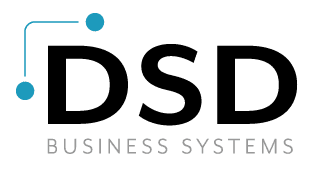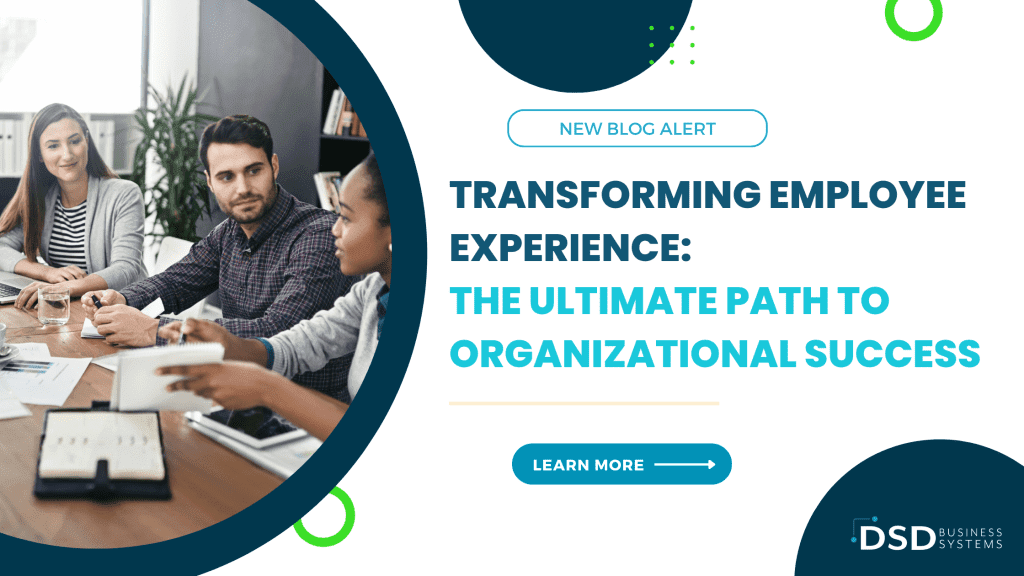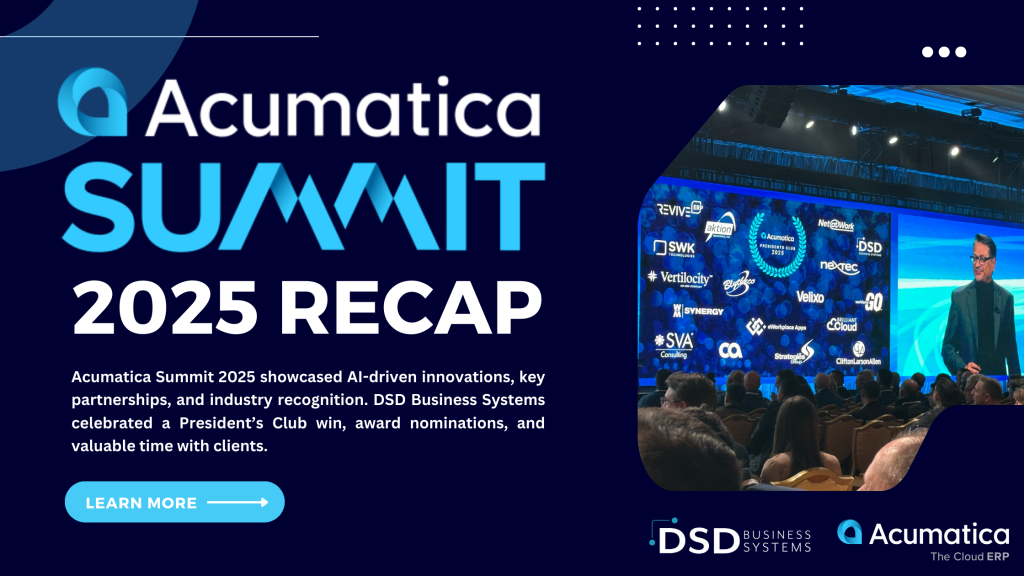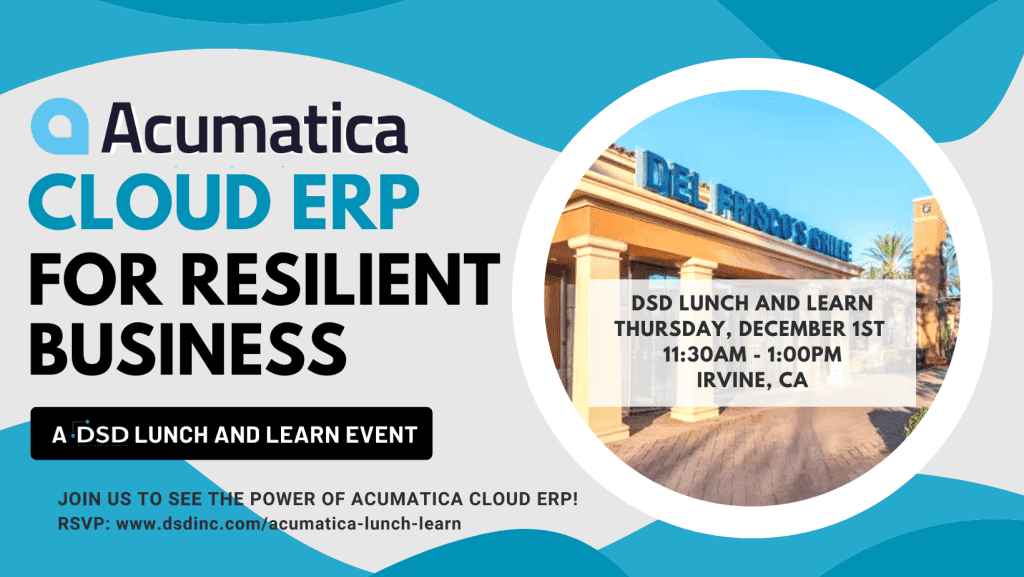Sage MAS 200 EES Roadmap
Blog by Doug Deane
The Sage MAS200 Extended Enterprise Suite (EES) was originally released to give current and prospective Sage MAS 200 end-users access to enterprise-wide functionality. That suite took the powerful and widely-used Sage MAS 200 ERP product, and married it with SageCRM and Sage FAS, in order to add CRM and Fixed Asset capabilities to an already impressive ERP feature set.
There were, and still are, significant challenges facing Sage in getting traction in the marketplace with the product, and tougher still, getting their partner channel to become EES evangelists. Some of the challenges are:
- ERP consultants aren’t necessarily CRM experts. In fact, more often than not, they are not familiar enough with CRM functionality to be able to implement it in an enterprise environment. That requires a great deal of collaboration between the MAS resellers and the SageCRM channel, and that collaboration was slow to happen, at least initially.
- Compounding the SageCRM issues were the EES certification requirements mandated by Sage. In order for a partner to be certified to sell EES, that same partner had to become certified on SageCRM. Many partners were reluctant to do so, and Sage did not initially have a certification policy that allowed two different resellers to collaborate on an EES implementation.
- Not all end-users need all MAS 200 modules, and for many of them, it is less expensive to purchase the MAS 200 product with only the needed modules, whether SageCRM and FAS are needed, or not.
- There have been challenging licensing issues. It is typical for any EES implementation to have a different number of ERP end-users than it had CRM end-users. For instance, if 35 end-users need ERP (MAS 200) access, then only 10 end-users in the sales department might be deemed to need SageCRM access. The challenge is that all EES licenses are concurrent, and they all give access to all the modules. So, each license would include the cost for SageCRM access, although many of the users wouldn’t need it.
This last issue is an interesting one, because I think that it highlights a needed change in mindset in the ERP marketplace. Many ERP channel partners have been selling their products for a decade or more; in DSD’s case, for nearly three decades. We have always considered the center of the customer database universe to be the customer master file, located in MAS 200 in the Accounts Receivable module. That’s old school thinking, and I believe that EES adoption has suffered as a result. The hub of the enterprise database wheel should be the CRM database. The CRM database should be the receptacle for all customer-centric activity, and if end-users saw the ERP world through those glasses, many more licenses would be sold for CRM. But to some extent, ERP resellers don’t view the world that way, and so their end-users don’t either. That inevitably affects EES’s perceived value proposition.
So, with all of these challenges, it’s understandable that Sage’s roadmap for the product will be fine-tuned. At around the time of the version 4.50 release of MAS 200 (which would have been the version 1.5 release of MAS 200 EES), we may see the product disappear as “EES” and replaced with two purchase options for MAS 200 – per-module (ala carte) licensing or per-user licensing. Sage’s intent is to give all of its prospects and end-users the greatest amount of flexibility in purchasing and tailoring the ERP system that meets their needs.
The per-user license model will be what we now call MAS 200 EES, and each license will include all of the current EES modules. SageCRM licenses may be named user or concurrent user licenses (with concurrent licenses costing around 2.5 times more than a named license), and concurrent licenses will have the capability of being assigned to one specific end-user. In other words, if one or two of the concurrent end-users has a mission-critical need for access, then a concurrent license may be reserved in their name. Of course, this dilutes the advantage of having concurrent licenses, so reserving them should be the exception and not the rule.
As of now, Sage is not planning to allow both concurrent and named SageCRM licenses to be able to coexist on the same MAS 200 system – the end-user must select one or the other. Also please note that the ERP modules (i.e. MAS 200) will only be available in concurrent licenses.
Sage has also not yet decided if they’ll continue to brand the per-user licensing model as “EES”. That will be a task for their marketing department to figure out.
To make things even a little bit tougher for the Product Management folks, MAS 200 will (hopefully) be available in two flavors by the time that version 4.50 is rolled out – Providex and SQL. So, there will be eight permutations of the Sage MAS 200 product, defined by these three distinctions:
- Licensing: Per-User or Per-Module?
- Licensing: Concurrent or Named-User? (For SageCRM – ERP licenses will continue to be concurrent only)
- Backend: Standard (Providex) or SQL?
We are looking forward to the Product Management and Development teams collaboration to streamline the licensing and installation processes for all the (now) EES modules. From their recent LinkedIn Groups posting, it’s Sage’s intent to do the following:
- To deliver the product on a single DVD with a simplified installation.
- To make the product available in both per-user based pricing and traditional modular pricing.
- To make SageCRM user licenses available to all Sage ERP MAS 90 and 200 customers as “add-ons”, and each Sage ERP MAS 90 and 200 will get a free single SageCRM user license as part of version 4.5. This will be a full and unrestricted SageCRM license.
- To continue to bundle FAS in the per-user pricing model. For per-module pricing it will continue to be an option.
- To provide a single support contract for ERP, SageCRM and Fixed Assets.
- To provide a seamless upgrade path for existing per-module MAS 200 end-users, to the per-user pricing module.
I’d like to thank Travis Taylor in the Product Management Department of the Sage Mid-Market ERP Solutions Division, for his kind assistance in clarifying some of these details.
———————————–
Doug Deane is President of DSD Business Systems, a national provider of on-demand (cloud) and on-premises ERP and CRM software, specializing in wholesale distribution, manufacturing, warehouse management, inventory, business intelligence and eCommerce software. DSD offers Sage 100 (formerly MAS 90), Sage 300 (formerly Accpac), Sage 500 (formerly MAS 500), NetSuite, Sage FAS, Sage HRMS (formerly Abra), Sage CRM, Sage SalesLogix, Extended Solutions, and Custom Programming.








